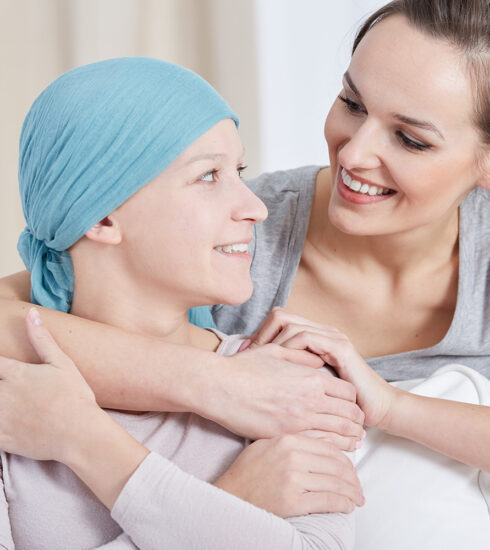Breast Cancer: It’s Not Just for Women
Although breast cancer still affects millions of individuals worldwide both directly and indirectly, recent advancements in treatment methods for the disease are making it less of a formidable opponent for men and women alike. According to the Susan G. Komen website, an estimated 39,620 women and 410 men will die from breast cancer in 2013. Additionally, 232,340 women and 2,240 men are expected to be diagnosed with the disease. 
Though there is not a large amount of concrete research to back up the claims at the moment, many healthcare professionals and oncologists strongly recommend maintaining a healthy body mass index, eating a balanced diet comprised of fruits and vegetables, and obtaining an exercise regiment. The Susan G. Komen website encourages cutting back on red meat, limiting the intake of alcoholic beverages to one daily for women and two daily for men, and increasing daily exercise. The importance of certain dietary inclusions such as vitamin D and folic acid are becoming increasingly apparent in the results of new studies. Adequate folic acid intake is especially important in the diets of those who consume alcohol. A recent study referenced on cancer.org found that women lacking substantial vitamin D in their diets were more likely to have a recurrence of cancer in another part of their bodies. Healthcare professionals constantly tout the importance of sleep, and a study referenced on mindbodygreen.com linked less sleep to the development of aggressive forms of breast cancer. An article on mindbodygreen.com authored by Dr. Manisha Ghei points out other potential preventative lifestyle changes such as practicing meditation and breath control to maintain a good mental state.
Along with eating a healthy diet and incorporating exercise into your schedule, self-breast exams are also vital to the early detection of breast cancer. There is no shortage of step-by-step guides to self-exams on the Internet, and healthcare providers can offer tips as well. As Angelina Jolie made famous earlier this year, there are genetic tests available to determine whether you possess specific gene mutations referred to as BRCA1 & BRCA 2. These tests may be immensely beneficial for individuals who have hereditary links to the disease. The downside of these tests is the cost: they are often unaffordable to the average individual. Thankfully, less fiscally-intimidating preventative methods exists. These methods are also improving. Currently, scientists are studying the use of scintimammography, or molecular breast imaging, to see if it can provide useful means of detecting breast cancer. According to cancer.org, this test involves injecting a radioactive tracer that attaches to breast cancer cells into a vein.
This technology is still under development and not readily available, nor does it intend to replace a routine mammogram. Another promising screening method is called tomosynthesis that builds on the current mammogram process by compiling x-ray images into a 3-dimmensional picture. Cancer.org states that although this technique uses a higher dose of radiation, it may substantially improve the clarity of detecting problem areas. Appropriate for the start of breast cancer awareness month, the FDA approved in October an existing breast cancer drug for a new use in the treatment of the disease. The drug, Perjeta, was approved for use on patients with early stage breast cancer prior to surgery. In the past, the use of Perjeta was limited to advanced or late-stage breast cancers.
An article in Women’s Health Magazine quoted Richard Pazdur, director of the Office of Hematology and Oncology Products in the FDA’s Center for Drug Evaluation and Research as saying that “we are seeing a significant shift in the treatment paradigm for early stage breast cancer.” He goes on to note that making Perja available earlier on for those diagnosed with the disease can postpone or prevent later recurrences. Other promising drugs for treating and preventing breast cancer are currently under development. One class of drug that targets cancers caused by BRCA gene mutations is showing immense promise in clinical trials for the treatment of breast, ovarian, and prostate cancers. According to Dr. Euhus, an expert in breast cancer, “there is a long way to go,” when in comes to the effectiveness of treatments. However, “the list of useful medications is growing monthly.” The challenge, he notes, “is getting the right medications to the right people. Some of the new drugs include Faslodex, Pertuzumab, Neratib, Everolimus, and many, many more.” With scientific advancements rapidly improving the prevention and treatment for individuals affected by breast cancer, it seems only a matter of time before the disease is defeated once and for all.








